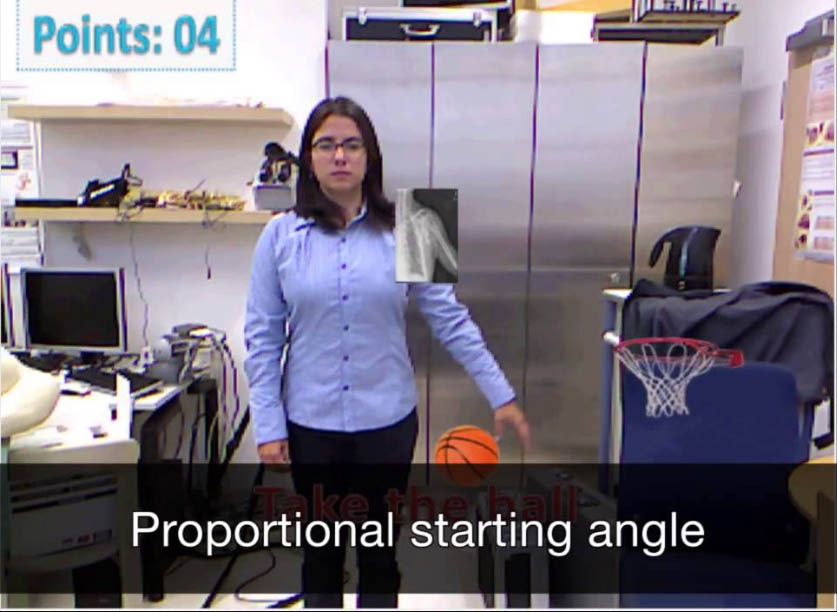Interactive systems have always been an important tool for rehabilitation because of their abilities to motivate patients and to keep them focused on their exercises. As technology advances, these interactive systems become more advanced. Investigators from the Federal University of Pernambuco in Recife, Brazil are developing a gesture recognition tool for clinical rehabilitation, meeting international biomechanical standards (ISB) with augmented reality tools.

The ISB standards are important because they facilitate the construction of a database that can recognize and respond to different kinds of movement. The tool will be configured for each patient’s therapeutic needs through the Microsoft’s Kinect Skeleton Tracking Technology (KSTT), which will recognize and categorize sets of movements. The system being developed is called MirrARbilitation. MirrArbilitation is focused on providing instructions for each exercise, motivating the patient, and keeping track of and assessing the patient’s progress.

Physical therapists and developers tested this system on 33 shoulder therapy patients. Members of the test group were asked to perform exercises, receiving guidance and motivation from the system, until they were tired, and then to repeat those exercises without the system. Members of the control group were asked to do the same thing, but without the help of the AR system. According to the study, the MirrARbilitation system users were able to perform the exercises correctly 93.73% of the time, whereas, the control group members were able to perform the exercises correctly 69.02% of the time. MirrARbilitation also helped reduce incorrect movements while exercising. The amount of time spent exercising in the second half of the therapy session for the test group was 66.09% of the time spent during the first half of the session; however, the amount of time exercising in the second half of the session for the control group was 34.06% of the time spent during the first half of the session. This implies increased motivation and decreased strain when the exercises are performed correctly, allowing the patients to get the most out of each therapy session.

These results were very promising, suggesting that AR can help motivate physical therapy patients. While Kinect rehab has been explored in the past, more studies need to be done before we can determine if this kind of system could be applied to physical therapy (and all exercise!) as a gold-standard. Increasing the ability of patients to exercise safely and correctly decreases their likelihood of injuring themselves and increases the benefits of their exercise, which increases their motivation, helping them to succeed in their goals. This is just one more advancement that AR has made possible. We will be looking forward to more studies on MirrARbilitation in the future! Tell us what you think in the comments section!
Source: http://www.cmpbjournal.com/article/S0169-2607(16)30054-2/abstract








